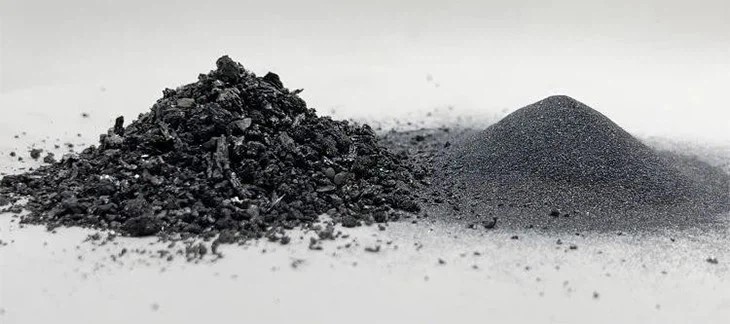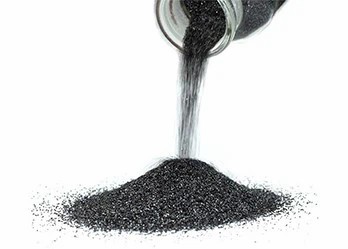PRODUCTS
Silicon Carbide
Silicon carbide (SiC) is an inorganic substance. Its industrial production method is to use materials such as quartz sand and petroleum coke to smelt into blocks in a resistance furnace, and then process it into powder of various particle sizes.
Composition: Premium materials such as high alumina oxide, magnesium oxide, and silicon carbide, with customizable composition based on client requirements.
Form: Available in powder, brick, board, and castable forms to suit various application needs.
Refractoriness: Standard range from 1200°C to 1800°C, with options for higher temperature customization.
Application Fields: Widely used in industries such as steel, cement, glass, and petrochemicals for furnace lining and insulation.
Packaging: Options include 25 kg bags, bulk bags, and custom packaging solutions compliant with global transportation standards.
Introduction
Our experienced R&D team can customize the material, form, and size according to your specific application needs while ensuring compliance with international quality standards. With rigorous quality control and advanced production facilities, we guarantee products with high refractoriness, excellent compressive strength, and long-lasting durability. Whether you are in the steel, cement, glass, or petrochemical industry, we are your trusted partner, supporting the success of your projects.
For customization inquiries, please feel free to contact us. We will provide tailor-made solutions based on your requirements.
Silicon Carbide Details
Products Description
Silicon carbide is also called moissanite. At present, it produced in China is pided into black and green silicon carbide, both of which are hexagonal crystals, with a specific gravity of 3.20~3.25 and a microhardness of 2840~3320kg/mm2.Because it has very little natural content, it is mainly artificial. The most common method is to mix quartz sand with coke, use the silicon dioxide and petroleum coke, add salt and sawdust, and put it in an electric furnace. Heating to a high temperature of about 2000 ° C, and obtaining silicon carbide powder after various chemical processes.
Technical Sheet
| Item(typical) | All Sizes | |
|
Chemical Composition |
SiC | 98.52% |
Fe₂O₃ |
0.65% | |
F.C |
0.37% | |
| Physical Properties | Bulk Density(g/cm³) | 1.69 |
Ture Density(G/Cm³) |
3.6 | |
Moh’s Hardness |
9.5 | |
Features
1.High Temperature Stability: It can withstand thermal stress and thermal shock in extremely high temperature environments. Its melting point is as high as 2700 degrees Celsius, much higher than most metals and other ceramic materials.
2.High hardness: It is a very hard material with a Mohs hardness of up to 9.5, second only to diamond and boron nitride.
3. Good corrosion resistance: Silicon carbide has high resistance to various chemical corrosion media. It is resistant to acids, bases, solvents and oxidants, and is not easily damaged by corrosive gases and liquids.
Application
1. Application in non-ferrous metal industry. In aluminum smelting, silicon carbide bricks are used in electrolytic cells, aluminum flow cells, aluminum outlets, and aluminum casting molds; the lining and crucible of magnesium smelting furnaces for melting non-ferrous metals are made of silicon carbide refractory materials.
2.In the cement rotary kiln, wear-resistant silicon carbide bricks are used as the lining bricks of the discharge kiln.
In the glass industry, they are used to build tundish furnaces and high-pressure boiler tank furnaces, and the lining of the combustion chamber of waste incinerators.
3.steel manufacturing. Silicon carbide bricks, silicon nitride bonded silicon carbide bricks or graphite silicon carbide bricks are used in the hearth, hearth, waist and nozzle areas of ironmaking blast furnaces. The blast furnace nozzle is combined with silicon carbide bricks and silicon nitride.














